
- The development of hydrogen energy has entered a new peak period, and it is still facing two major problems, cost and barriers.
Recently, with the announcement of the "Hydrogen Energy Demonstration Cities" and the introduction of the "14th Five-Year Plan" targets for hydrogen energy in many provinces and cities, the hydrogen energy industry has entered a new round of development peak period. In the article "How should the policy "starting gun" start again on China's hydrogen energy road?" (published in the Securities Daily on September 2), the reporter combed the development status and opportunities of the upstream, midstream and downstream of the hydrogen energy industry. Since then, it has been gathered from various viewpoints that the hydrogen energy industry is still facing two very difficult development problems. It not only needs to gather the power of the government, capital, and hydrogen energy companies, but also needs to obtain the inflow of external resources to jointly promote the commercialization of the hydrogen energy industry. Landing.
How to reduce costs
Hydrogen energy has been used in the chemical industry and steel and other fields for a long time. The technology of hydrogen production in chemical industry and hydrogen production from coal is very mature, and it is currently the main hydrogen production method. However, the process of hydrogen production is often accompanied by a large amount of carbon emissions. In order to achieve the goal of green and low-carbon, when developing hydrogen energy projects in various places, "green hydrogen" (hydrogen production without carbon emissions) is the first choice.
Among them, photovoltaic and wind power generation hydrogen is regarded as the current optimal solution for "green hydrogen". Using renewable energy to generate electricity and electrolyzing water to produce hydrogen, there is no carbon emissions during the production process, which best meets the carbon emission reduction requirements. The most important cost of hydrogen production from water electrolysis is the electricity bill. The cost of electricity determines the cost of hydrogen. A photovoltaic practitioner once said to the author that the payback period of photovoltaic power plants is generally 6 to 8 years, and special projects may be around 10 years. Both the photovoltaic industry and the hydrogen energy industry are operated in a way of heavy assets, which is very challenging. The financing capacity of the enterprise and the management level of cash flow are very likely to occur that "equipment is scrapped or obsolete, and the photovoltaic hydrogen production project has not yet achieved cost recovery".
At present, investment in photovoltaic power plants is mainly concentrated in central enterprises, state-owned enterprises and large private enterprises, who have sufficient strength and resources to build hydrogen energy projects. However, due to the excessive consumption of early-stage investment and construction, the cost of hydrogen production through photovoltaics is currently much higher than that of chemical hydrogen production. More areas are still in the project promotion stage. "Hydrogen", and it is a loss for the sale.
Calculated on the basis of the average price of large industrial electricity prices of 0.61 yuan/kWh, some institutions have estimated that the current cost of hydrogen production by electrolysis of water is about 3.69 yuan/cubic meter. When the electricity price is less than 0.50 yuan/kWh, the cost of hydrogen produced by electrolysis of water can be comparable to that of gasoline. Participants in the photovoltaic hydrogen production project said that the use of abandoned light, abandoned wind power or local power generation costs less than 0.25 yuan / kWh or even 0.2 yuan / kWh of "green hydrogen" will have certain economic benefits.
But this is another problem. The hydrogen plant cannot wait for low-cost electricity to abandon light and wind. How to reduce the comprehensive cost of photovoltaic and wind power generation has become a prerequisite for the manufacture of green hydrogen. Otherwise, downstream fuel cells will, like lithium batteries, bear the blame for high carbon emissions from energy production for a long time. Moreover, unlike electric energy, hydrogen energy is a secondary energy source, and the conversion of hydrogen energy from electrical energy will inevitably bring about new consumption.
How to break local barriers
The promulgation of the hydrogen energy demonstration city policy connects the hydrogen energy industrial parks scattered in various cities in the past, and develops hydrogen energy projects with urban agglomerations as a whole. At the same time, the new policy of "reward for supplement" has been implemented, which is used in fuel cell vehicles. Subsidies will be given to demonstration cities in the areas of promotion and application and hydrogen energy supply.
The cities that are shortlisted for demonstration will be rewarded according to their target completion. The reward funds will be used by local governments and companies for the industrialization of key core technologies of fuel cell vehicles, talent introduction and team building, as well as the demonstration and application of new models and technologies. This move directly binds local governments and hydrogen energy companies together, greatly reducing the possibility of companies defrauding subsidies. However, this brings up another problem. Each demonstration city will inevitably give priority to the development of hydrogen energy projects in the region, and naturally will instinctively reject hydrogen energy projects in other cities. Extreme situations may even occur. If you want to obtain local market resources, companies will not only To build a factory in the local area, the registered place must be relocated.
Obviously, a hydrogen energy demonstration city policy is not enough. It is also necessary to refine how to connect the cities as a whole to realize the cross-city development of hydrogen energy projects. Otherwise, after many years, each hydrogen energy demonstration city will be an isolated island in the hydrogen energy industry chain. Not only will they have no opportunities for coordinated development, they must also guard against hydrogen energy companies in competing cities to prevent each other from setting up their own "turf." .
A person in charge of a car company told the author that for fuel cell vehicles to be truly commercialized, many places need encouragement and support from relevant government departments. Among them, the top-level planning and design of the hydrogen energy industry and the construction of hydrogen energy and fuel cell standard systems require The government creates a good environment for policy development. In the process of project implementation, it is also necessary for local governments to break down barriers such as administrative divisions and local protection, strengthen coordination and cooperation between advantageous enterprises in the industrial chain, and ensure the flow of high-quality resources and industrial element resources.
Keywords: new energy, engineering construction, engineering news, engineering construction information
At present, the development of my country's hydrogen energy industry is still in the initial stage of growth, and the most critical issue is how to achieve technological breakthroughs and commercialization. Although this industry is far from achieving fierce market competition like lithium battery cars. However, because the hydrogen energy industry chain is more closely connected than lithium battery cars, technology and resources are more exclusive, and it is easier to form a local monopoly of certain enterprises or a certain region, this sign obviously cannot be promoted, otherwise it will seriously hinder hydrogen. The process of national promotion of energy industry.Editor/XuNing
Comment
 Praise
Praise
 Collect
Collect
 Comment
Comment
 Search
Search


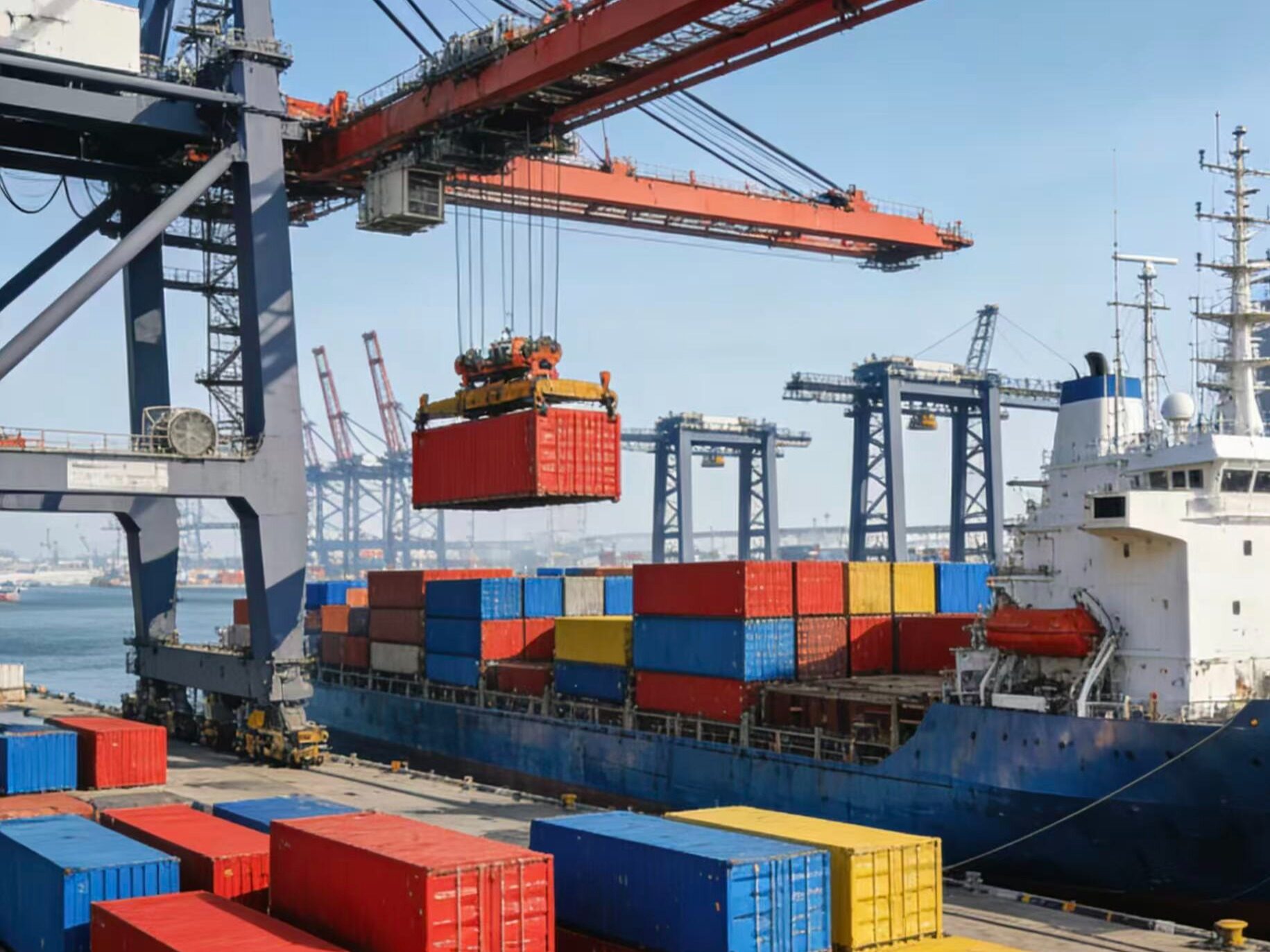
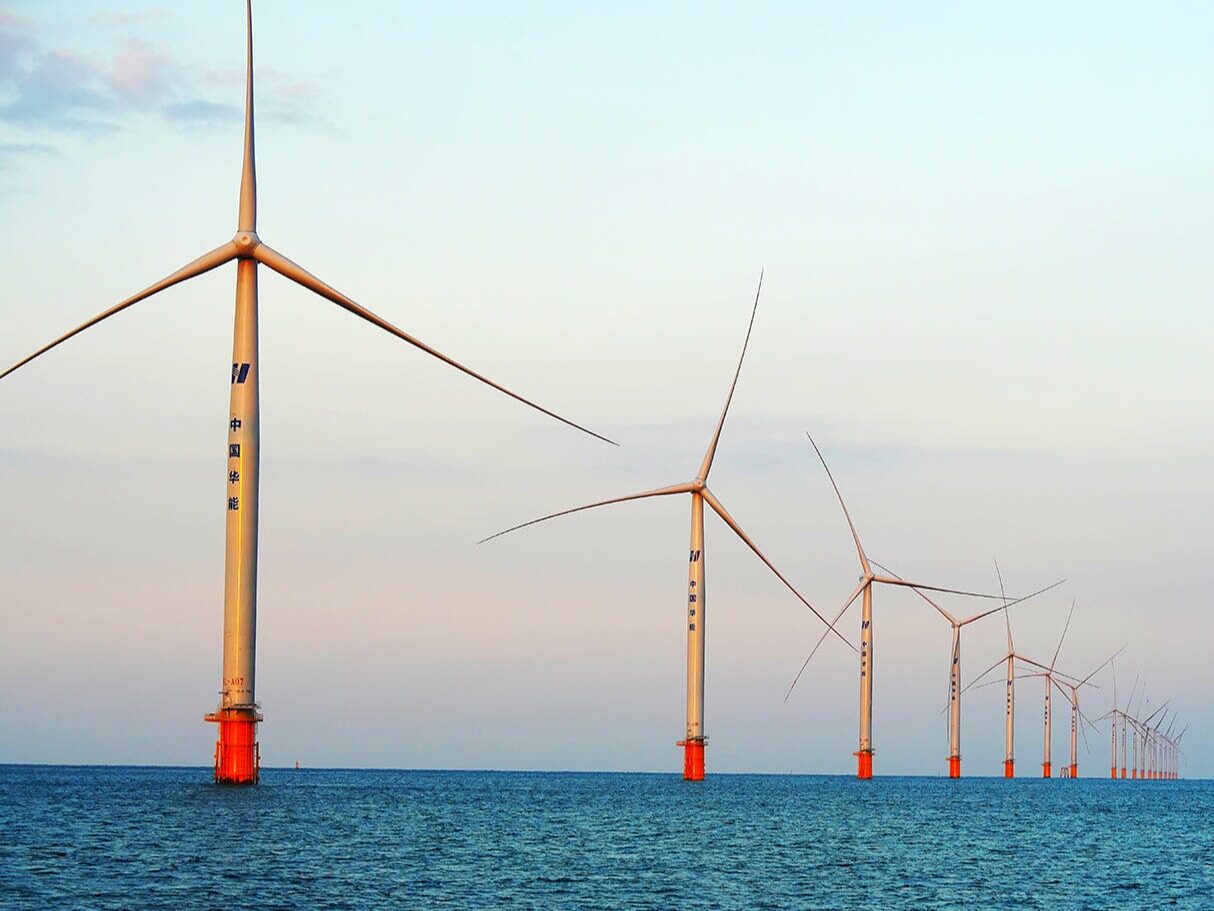
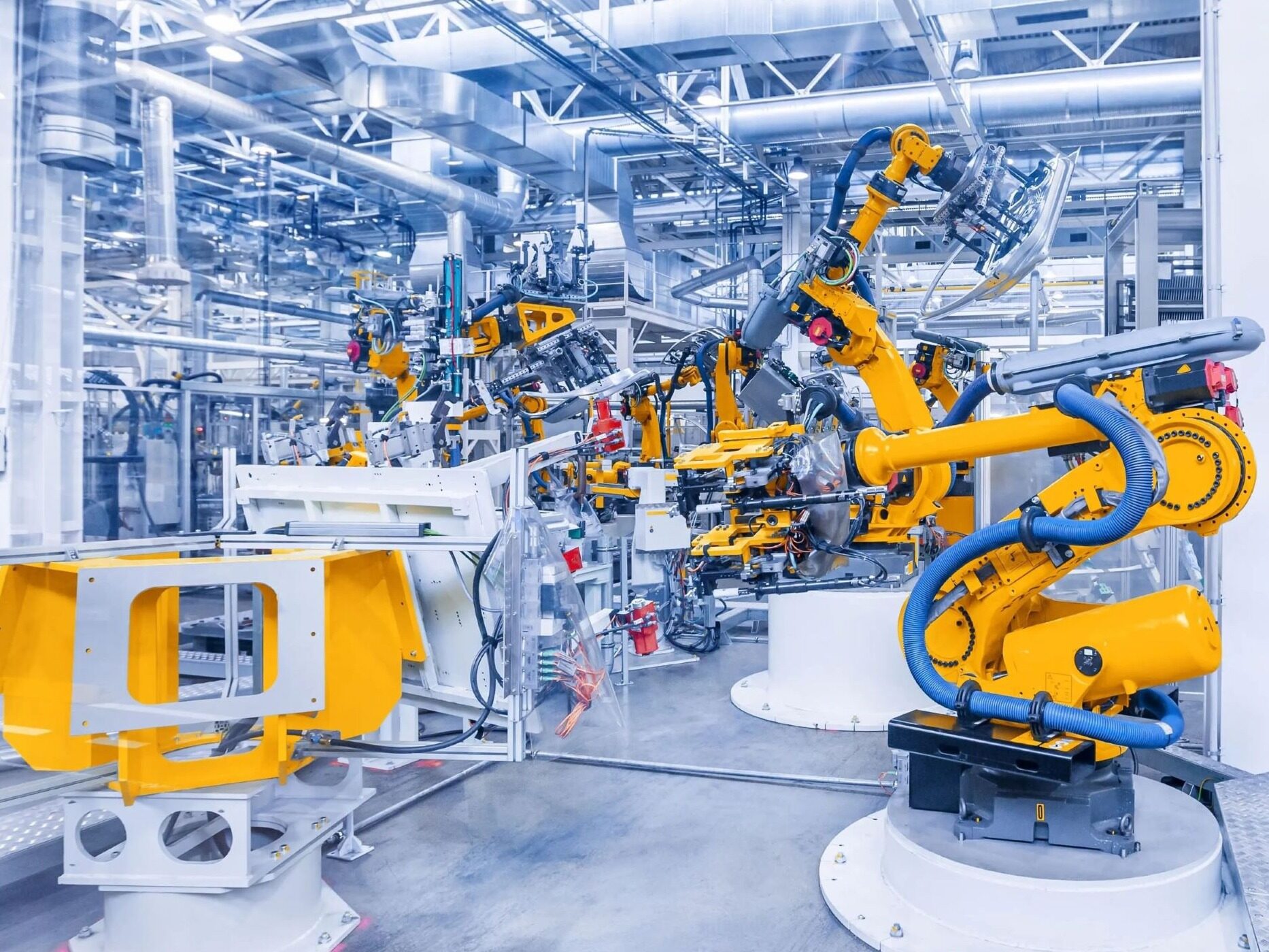
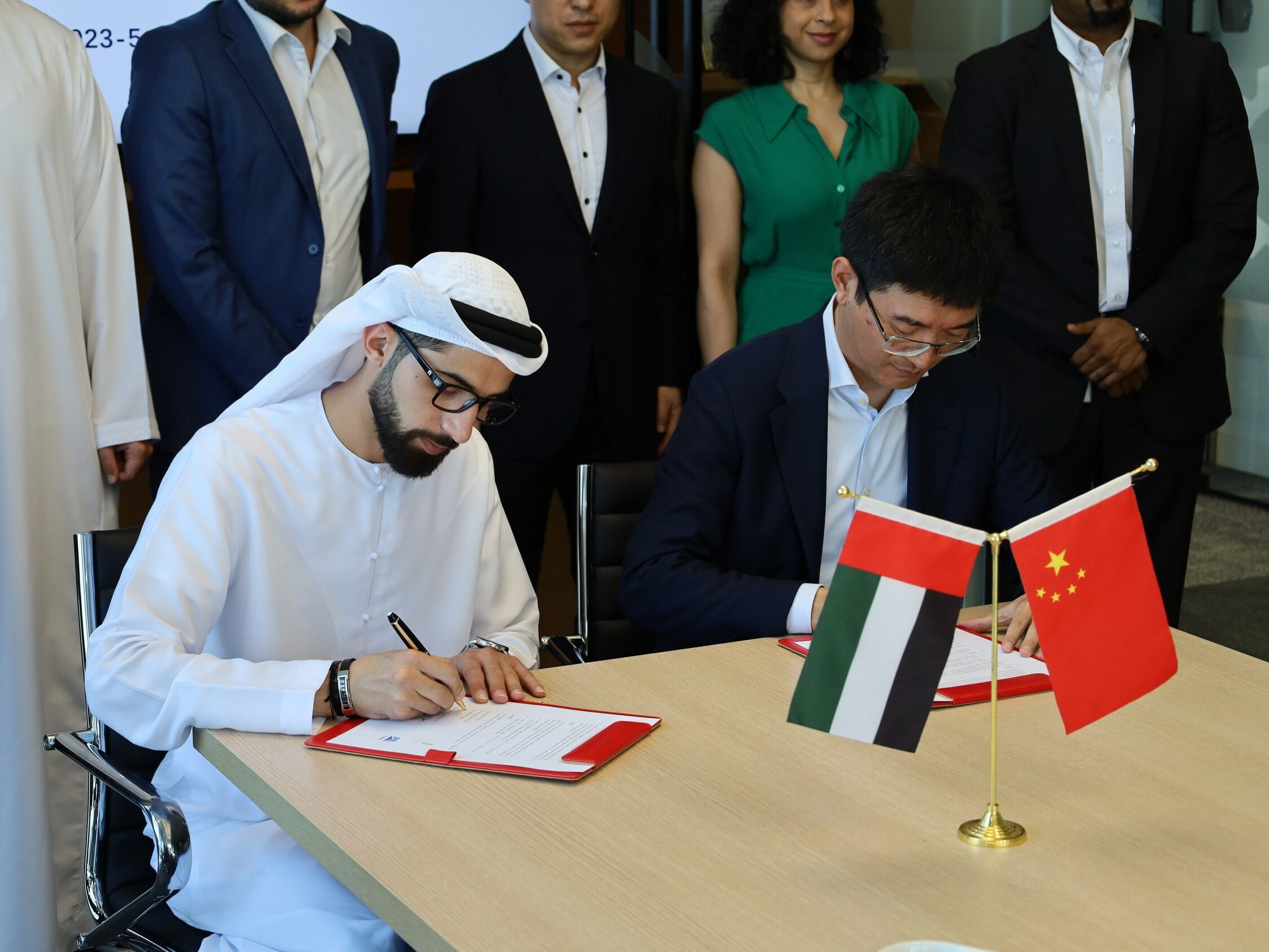

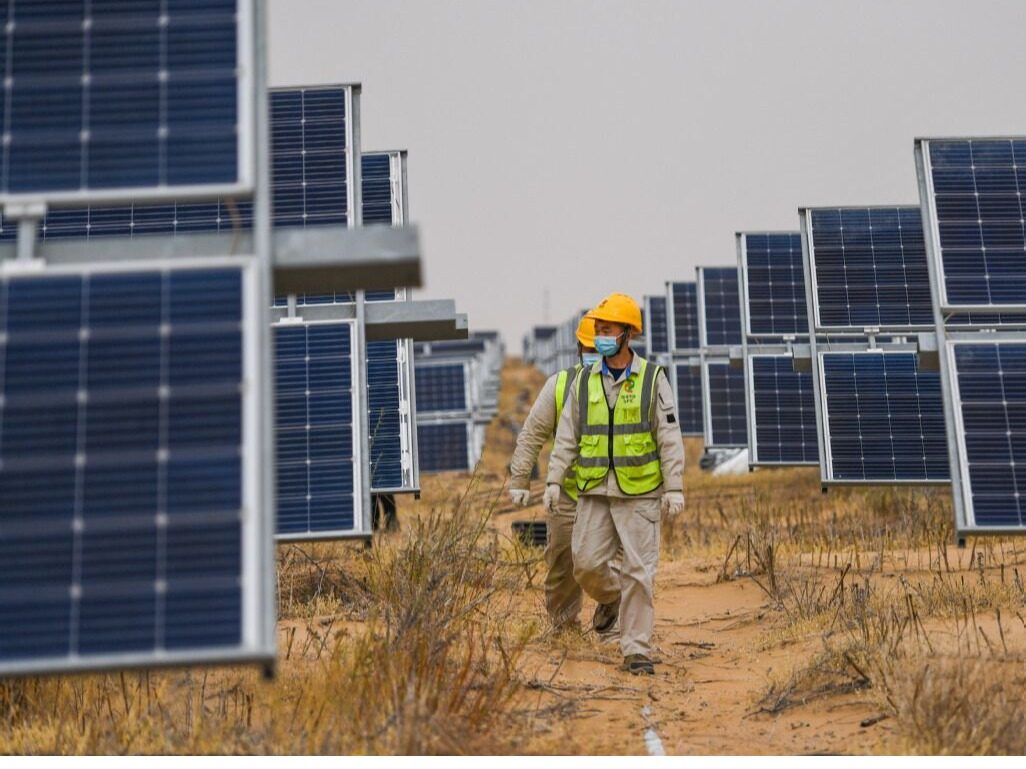






Write something~